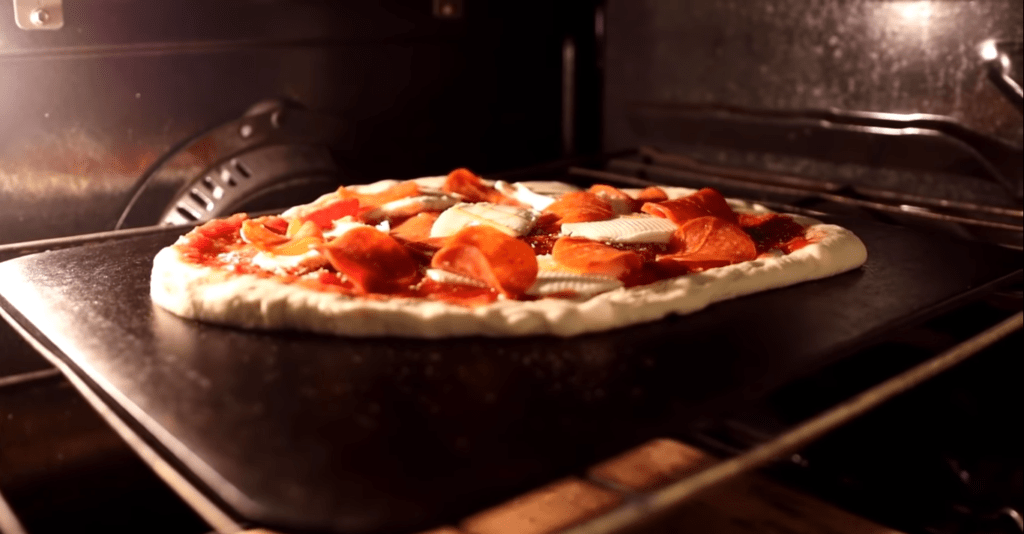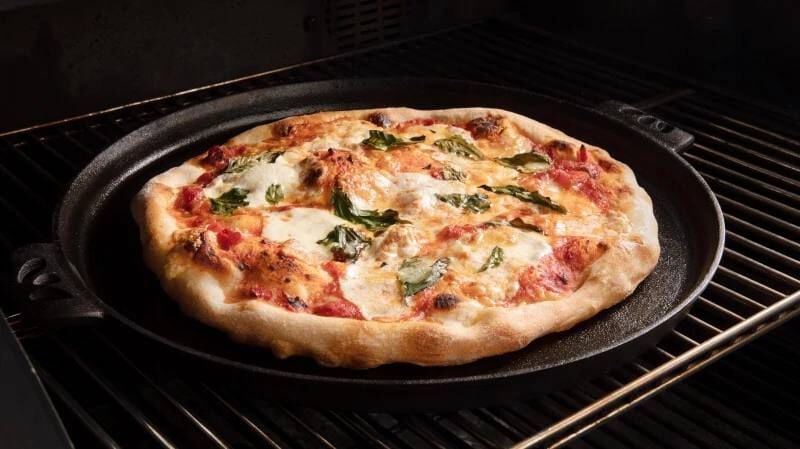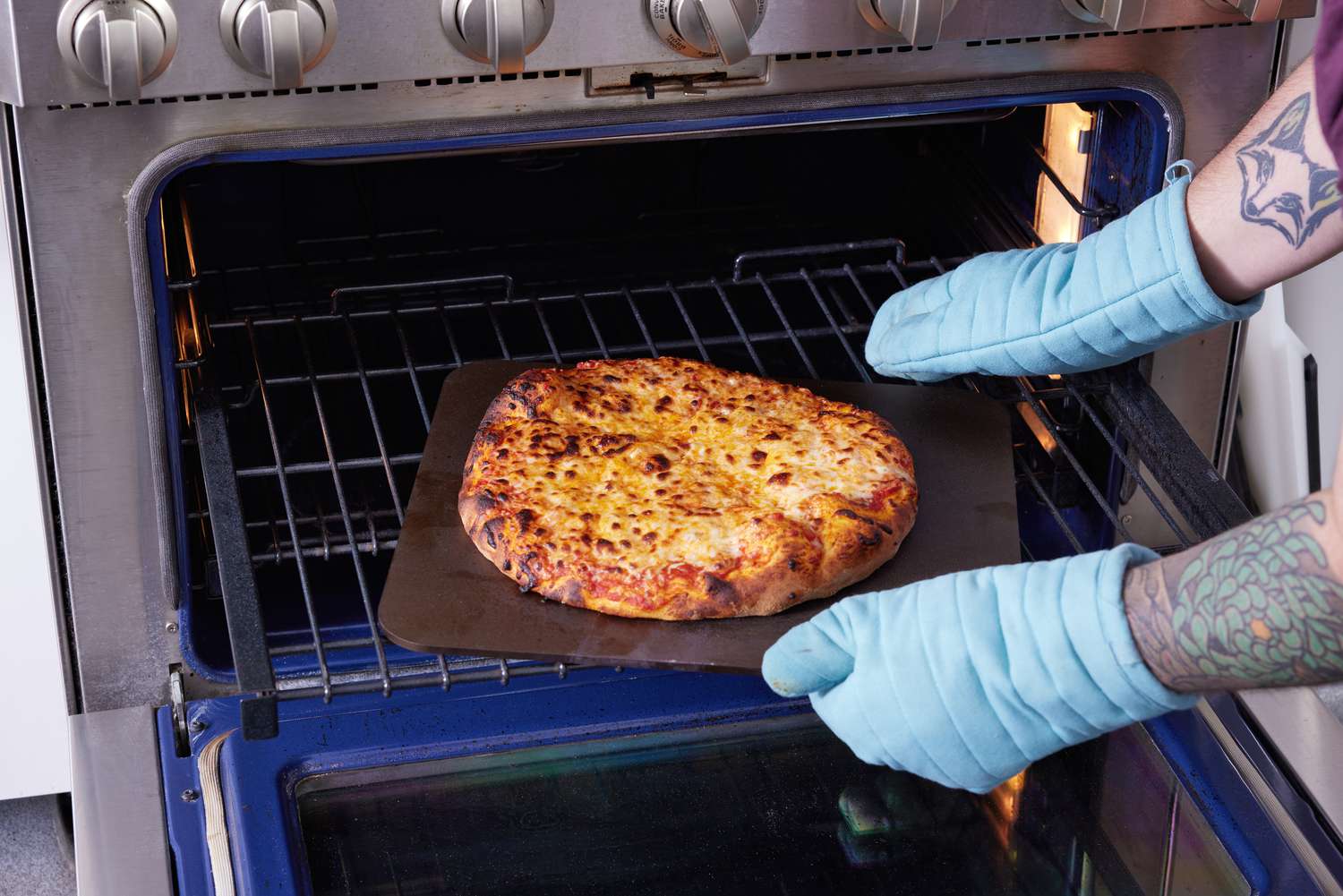Using steam with baking stone is a method that has captivated the attention of bakers and kitchen professionals across the globe. The magical combination of steam and baking stones can elevate the quality of your baked goods, ensuring a crusty exterior and a perfectly moist interior. But what makes this combination so effective, and how can kitchen professionals harness its full potential?
In the world of professional baking, achieving the perfect balance between crust and crumb is a skill that separates the good from the great. With steam and baking stone techniques, youre gearing up for a transformative baking experience. Let's delve deeper into the how and why of these techniques, optimizing our baked creations for perfection.

Understanding the Role of a Baking Stone
Baking stones are lauded for their ability to absorb heat and distribute it evenly across a baking surface. This characteristic is vital for achieving uniform baking. More than just a pizza stone, these versatile tools can be used to bake bread, cookies, and even pastries. If you're looking for creative uses for your baking stone, take a look at this [guide](https://www.thekitchn.com/5-ways-to-use-a-baking-stone-besides-making-pizza-tips-from-the-kitchn-217951) that suggests more than just traditional purposes.
Why Use Steam in Baking?
Incorporating steam into the baking process is not merely a faddish trend but a critical technique used by professional bakers to finesse their baking. The introduction of steam results in a moist environment at the beginning of the baking process. This prevents the crust from forming too quickly, allowing for optimum oven springthe critical phase where bread expands rapidly.
Benefits of Using Steam with a Baking Stone
When you use steam while baking with a stone, the synergy between heat retention and a moist environment yields exceptional benefits:
- Enhanced Crust Formation: The moisture from steam promotes gelatinization, leading to a sheen and blister-crust effect.
- Improved Texture: While the outer layer develops a crispy crust, the inside remains soft and chewy, striking the desired balance in textures.
- Overall Taste Improvement: The combination of steam and stone baking enhances natural flavors, bringing out the best in grains and doughs.
As you get comfortable with the basics of using a baking stone, you might also find ways to expand your baking repertoire by experimenting with different recipes. Interested in unconventional sandwich breads? Here's a [quick read](https://culinacooks.com/blogs/blog/sandwich-bread-baking-stone) on that subject.
How to Properly Use Steam and Baking Stone Techniques
For optimal results, preheat your baking stone in the oven for at least 45 minutes. Just before you place your dough onto the stone, create steam in the oven. You can do this by adding a pan of boiling water at the bottom of the oven, or by misting the oven walls with water using a spray bottle. Ensure that the steam is trapped inside by opening the oven door as minimally and quickly as possible during the baking process.
This carefully managed process will substantially improve your baking outcomes. For more seasoned bakers interested in precise techniques, diving into the nuances of baking timings and steam generation can further enhance results. Explore more in-depth tips for professional baking with a stone in this [comprehensive guide](https://bakingbakewaresets.com/how-to-use-stone-bakeware/).
Practical Applications in Professional Kitchens
In a professional kitchen, being adept with a baking stone and steam techniques can carve out your niche as a baker of repute. Whether crafting intricate sourdough masterpieces or perfecting pastries, the combination of a baking stone with steam provides the tools necessary for consistency and excellence.
Curious about the role of steam in professional kitchens? Here's a [quick overview](https://culinacooks.com/blogs/blog/sourdough-on-baking-stone) of how steam baking revolutionizes commercial kitchens.
Conclusion
Mastering the use of steam with a baking stone can lead to extraordinary improvements in the texture, taste, and appearance of your baked goods. This marriage of techniques is not just a tool but an art that translates skill into excellence, allowing bakers to perfect the delicate balance required in professional quality baking.
:max_bytes(150000):strip_icc()/pizza-stone-testing-winners-lodge-pre-seasoned-cast-iron-baking-pan-wdickey-3-02-a8dc06f53f5d4be89d55a499294de19b.jpg)
FAQs
1. Can steam be used with all types of dough?
Yes, steam is particularly effective for crusty bread varieties but can enhance most dough types by improving moisture retention and crust texture.
2. How often should I replace my baking stone?
A good-quality baking stone can last many years. However, replace it when signs of cracking or severe chipping appear.
3. Is a baking stone necessary for using steam, or can other surfaces also be effective?
While using steam can augment any baking surface, a stone provides superior heat retention and even distribution, enhancing the steaming effects.
This article contains affiliate links. We may earn a commission at no extra cost to you.






Leave a comment
This site is protected by hCaptcha and the hCaptcha Privacy Policy and Terms of Service apply.